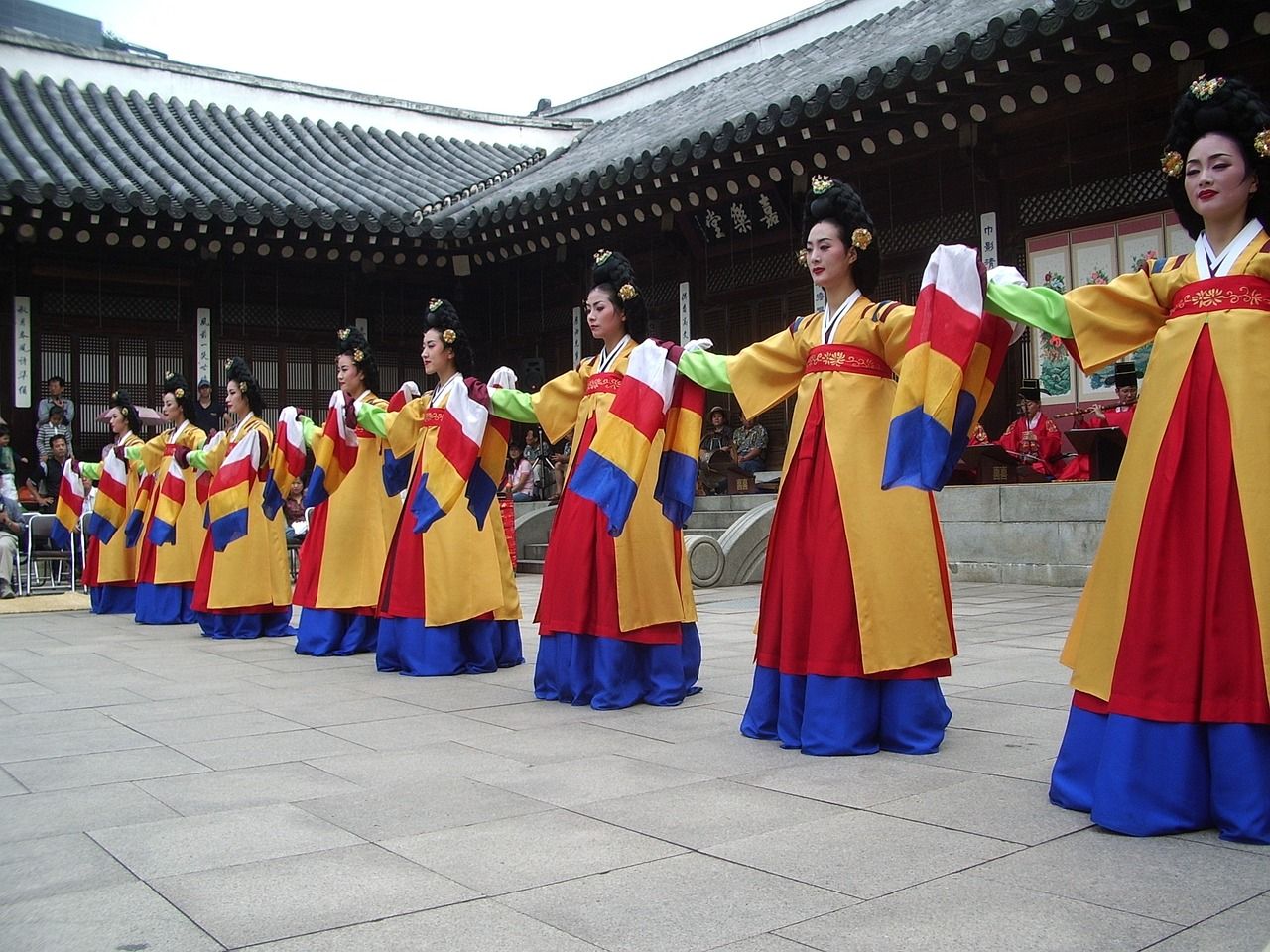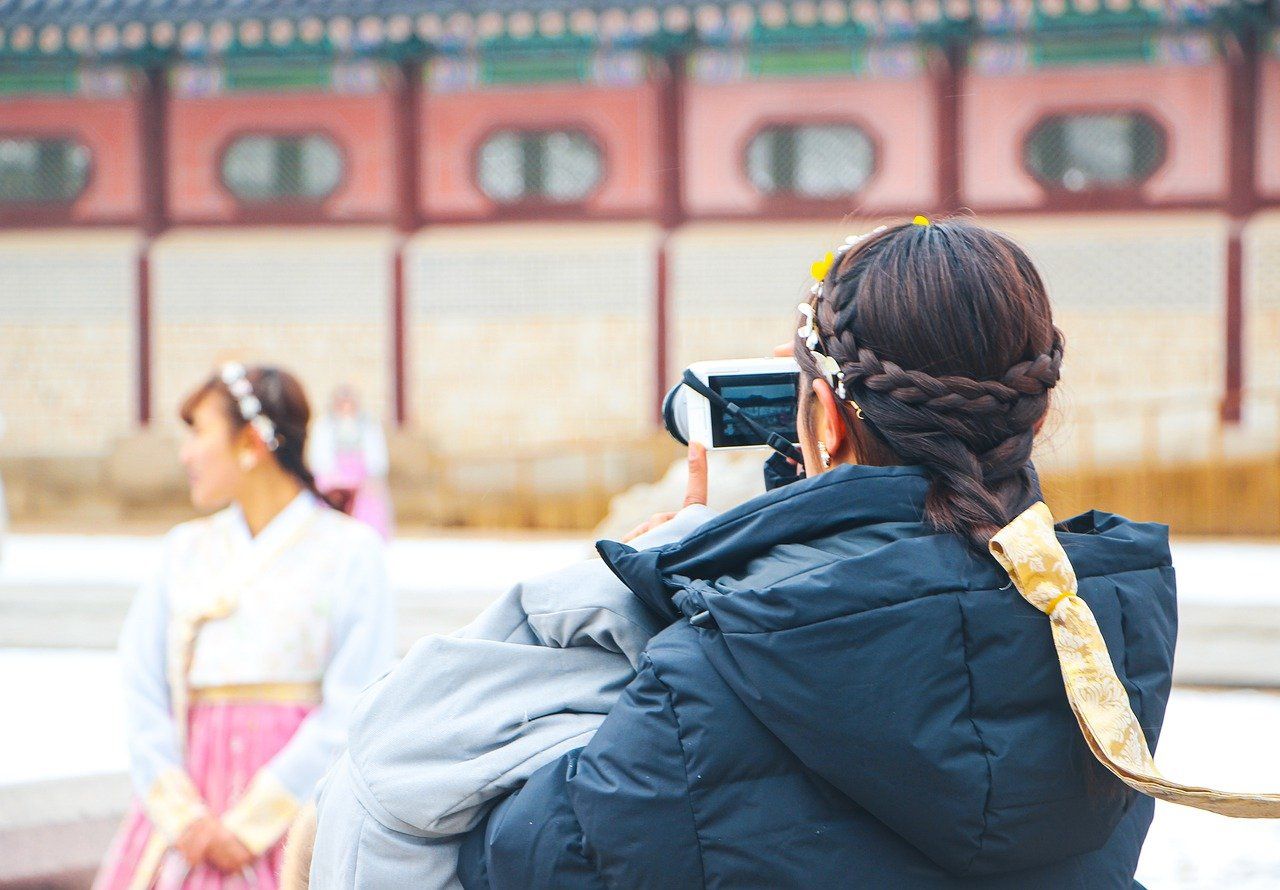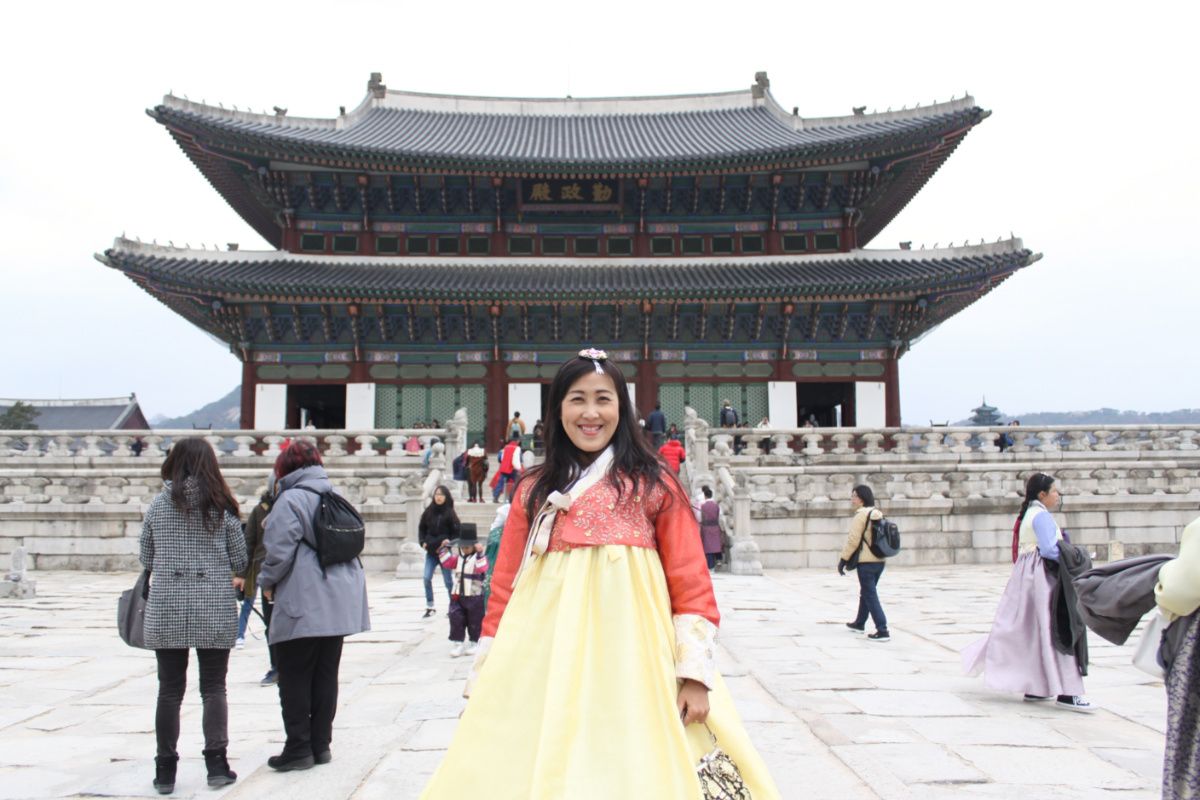Korea Beats Exclusive: China Green-lights Group Tours to Korea Amid Post-Pandemic Rejuvenation
In a move set to reinvigorate Korea's tourism sector, China has officially ended its over six-year ban on group tours to Korea. This decision marks the return of Chinese visitors, historically the dominant fraction of tourists to Korea, promising to enhance Korea's post-pandemic tourism landscape.
On Thursday, China's Ministry of Culture and Tourism confirmed that group travels to 78 countries, embracing Korea, Japan, and the U.S., are set to recommence. This change aligns with the global trajectory towards easing COVID-19 restrictions.
Previously, China had gradually eased travel restrictions: initially to 20 countries in January, followed by another 40, including nations like Nepal, Vietnam, and Spain, in March.
Interestingly, while the official embargo on group tours commenced in January 2020 due to the pandemic, many believe that an unofficial ban had been in place since March 2017. This was ostensibly in response to the positioning of the U.S. Terminal High Altitude Area Defense (THAAD) in Korea, although limited group tours resumed in December 2017.
The repercussions of these bans were palpable, given Korea's tourism sector's significant dependency on Chinese visitors. In 2016, a staggering 8.06 million Chinese tourists graced Korean shores, nearly 50% of all international tourists that year, as per Korea Tourism Organization (KTO) statistics. Post the bans, these numbers saw a drastic reduction, with only 546,393 Chinese tourists in the first half of this year.

Responding to China's announcement, Jin Jong-wha, the Regional Executive Director of China at the KTO's Beijing office, conveyed to The Korea Times, "This move enables Chinese travel agencies to spotlight group tours to Korea, potentially leading to a resurgence in Korean tourism and significantly influencing its recovery."
Echoing the sentiment, Park Bo-gyoon, Minister of Culture, Sports, and Tourism, highlighted the anticipated positive momentum the decision would usher into sectors like travel, aviation, and retail, all battered by the pandemic.
In alignment with the 'Visit Korea Year 2023-2024' initiative, efforts will be amplified to showcase iconic Korean travel destinations, such as the Cheong Wa Dae, to potential Chinese visitors.
Adding another feather to the cap, ferry operations between the two nations are set to sail again from Friday.
Furthermore, Korea Beats learned that the Ministry is all geared up to woo Chinese tourists with the K-Tourism Road Show and B2B consultations in September, aiming at China's peak holiday stretch, the Mid-Autumn Festival and National Day.
With the gates now open, Korea eagerly awaits the return of its cherished visitors, signaling a brighter chapter for its tourism narrative.
Tourism's Resurgence amidst Geopolitical Strains
The symbiotic relationship between the Chinese and Korean tourism sectors has long been evident. Historically, the Chinese have constituted a significant portion of Korea's inbound tourism, infusing Korea's economy with much-needed foreign exchange and bolstering sectors directly and indirectly linked to tourism. China, on the other hand, benefits from an avenue for its citizens to travel, shop, and experience a neighboring culture – all contributing to internal consumer spending and its soft power diplomacy.
However, geopolitical issues have sometimes overshadowed this mutualistic bond, casting shadows of uncertainty on tourism between the two nations. The deployment of the U.S. Terminal High Altitude Area Defense (THAAD) system on Korean soil stands out as a pivotal moment in this context.
In 2016, when Seoul agreed to host the THAAD system as a protective measure against North Korean missiles, it inadvertently positioned itself in the crosshairs of a broader geopolitical contest between China and the U.S. Beijing viewed THAAD's powerful radar capabilities as a potential threat to its strategic security, fearing that the system could be used for surveillance purposes. This disagreement soon transcended defense corridors and spilt onto trade and tourism boulevards.
The unofficial ban on Chinese group tours to Korea, starting March 2017, is widely perceived as a retaliatory measure against the THAAD deployment. While Beijing never officially linked the ban to THAAD, the timing and context were telling. The ramifications of this unofficial sanction were profound, with the Korean tourism sector feeling an immediate pinch. Businesses that had thrived on Chinese tourism, from hospitality to retail, faced daunting downturns. Many Korean establishments, which had banked heavily on the ever-growing Chinese middle class's fondness for Korean culture, products, and experiences, found themselves grappling with substantial losses.
On the flip side, China's stance impacted its own travel agencies and businesses that had vested interests in Korean tours. While domestic tourism destinations in China might have witnessed a boost, the overall potential earnings from outbound tourism to Korea took a backseat. Furthermore, this strained relationship deterred investments and collaborations in the broader tourism sector between the two nations.
As China lifts its ban and the two nations move towards mending fences in the tourism sector, it serves as a testament to the undeniable fact that while geopolitical issues can temporarily hinder business, the overarching economic benefits and mutual interests often pave the way for resurgence and reconciliation. The hope is that the two nations have learned the delicate art of separating politics from business, ensuring that the average citizen or entrepreneur doesn't bear the brunt of larger geopolitical games.
Historical Context
China and Korea have been closely intertwined neighbors for centuries. Their bond is forged from shared historical narratives, mutual wars, trading epochs, and the interchange of culture and knowledge. This close kinship once made the countries natural travel partners, with Chinese tourists keen to explore Korea's wealth of historical landmarks and shared cultural elements.
Yet, the tourism dynamic between the two shifted dramatically due to geopolitical events. The deep-rooted camaraderie faced strain, and the rich travel tapestry began unraveling, leading to a discernible void in cultural exchange and economic repercussions.
Economic Impact Analysis
Before the ban's onset, Chinese tourists flooded Korean markets, hotels, and popular destinations. Their spending contributed significantly to the nation's economy, benefiting both local businesses and the broader tourism industry. In bustling districts like Seoul's Myeongdong, Chinese was almost a second language, with shop signs and menus catering explicitly to this demographic.
However, THAAD tensions led to a sudden vacuum. As the ban came into effect, revenue streams started drying up. Korea's tourism-dependent sectors faced a downturn, and the palpable economic ripples spread nationwide. The loss of nearly half of its foreign visitors meant businesses had to recalibrate, often facing heart-wrenching decisions to downscale or even close.
Personal Narratives
Behind the stark economic data lie personal stories of resilience and loss. Mrs. Ji-Yoon, a shop owner in Myeongdong, recounts the bustling pre-ban days with nostalgia. "The streets were always lively, filled with eager tourists. But the ban years were challenging, with many neighboring shops shuttering," she laments.

Similarly, Mr. Tae-Ho, a tour guide specializing in Chinese tourists, had to adapt by learning Japanese and catering to different demographics. "It wasn't just about the income," he notes, "I missed the familiar faces, the camaraderie, the mutual curiosity."
Cultural Exchange
Despite the travel ban, the cultural currents between the two nations never entirely ceased. The Hallyu wave, encompassing K-pop, K-dramas, and cinema, maintained its momentum across the Chinese border. Concerts, drama sets, and even beauty products kept the bond alive, albeit virtually.
Moreover, while physical tourism dwindled, online spaces became cultural exchange hubs. Korean shows continued to stream on Chinese platforms, fostering mutual appreciation. Korean beauty products, fashion, and music kept weaving their magic, hinting at the undercurrents of shared admiration and respect.
Travel Destinations
Korea's popular destinations like Jeju Island, Busan, and Seoul's palaces felt the impact profoundly. These spots, once teeming with Chinese travelers, had to adapt. Many focused on domestic tourism, infrastructure upgrades, and diversifying their visitor base during the ban years.

Now, as they gear up to welcome back their primary demographic, there's a palpable sense of anticipation. New services, revamped facilities, and curated experiences await the returning Chinese visitors, ensuring their stay is both nostalgic and novel.
Future Predictions
Experts anticipate the post-ban landscape to be distinct from the pre-ban years. While we can expect a surge in initial numbers, changing global travel preferences post-pandemic could reshape the tourism map. Korea's serene countryside, pristine national parks, and hidden gems may become the new sought-after experiences for Chinese tourists.
Additionally, health and wellness tourism might witness an uptick. From medical procedures in Seoul's top-notch hospitals to wellness retreats in tranquil locales, Chinese tourists might seek rejuvenation and healthcare, blending leisure with wellbeing.
Broader Implications
Beyond tourism, this thawing of relations carries broader implications. The realms of cinema, technology, education, and trade are ripe for collaborative ventures. The Korean film industry, after its recent international acclaim, could explore collaborations with Chinese filmmakers, tapping into shared cultural narratives.
Simultaneously, joint tech initiatives, especially in burgeoning domains like AI, green technologies, and digital entertainment, seem plausible. The renewed camaraderie could reinvigorate sectors beyond tourism, weaving a multi-faceted tapestry of cooperation.
Expert Opinions
Dr. Hae-Sung, an esteemed scholar from Seoul National University, elucidates the deeper significance of this resumption. "Tourism trends are often reflections of broader geopolitical currents. China's move signals more than just a boost for Korea's tourism. It's a harbinger of wider collaborations, mutual respect, and a future defined by shared aspirations."
Echoing these sentiments, Ms. Lin Xiu, a Beijing-based global affairs commentator, believes that "reviving tourism can be the first step in a series of collaborative ventures. The shared history, culture, and mutual economic interests lay a strong foundation for a promising Sino-Korean future."

